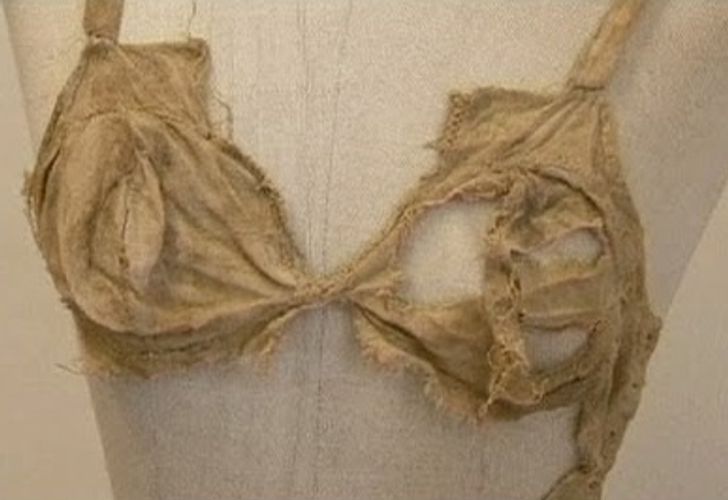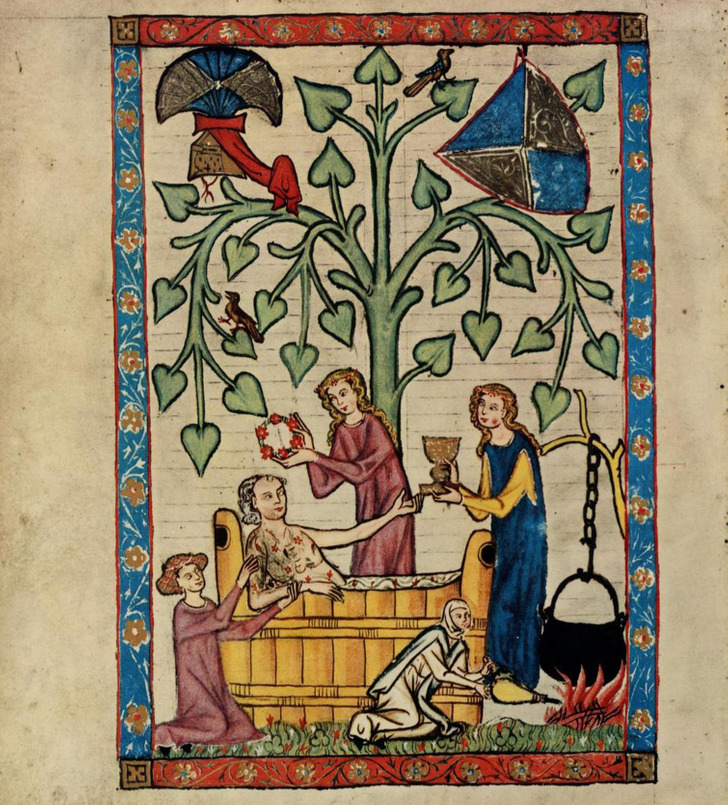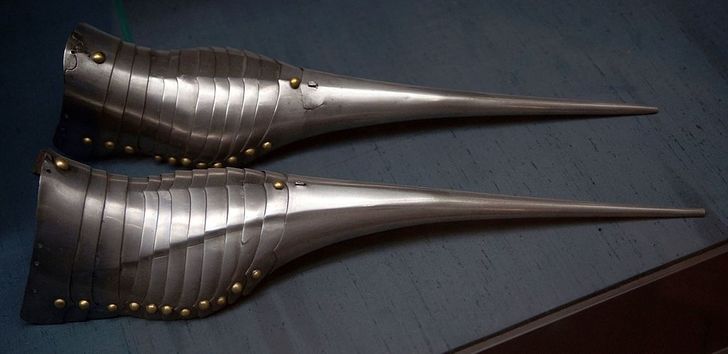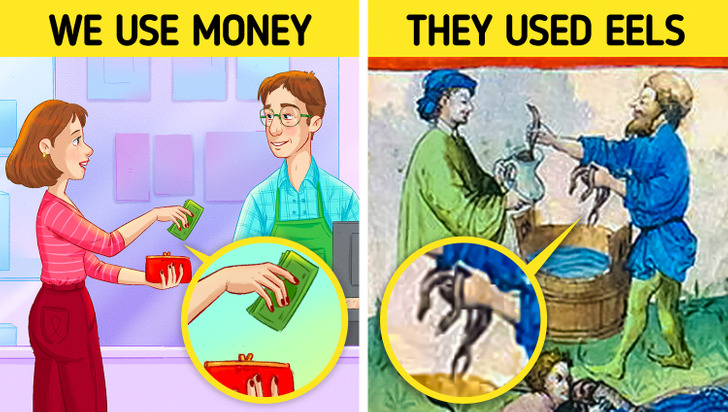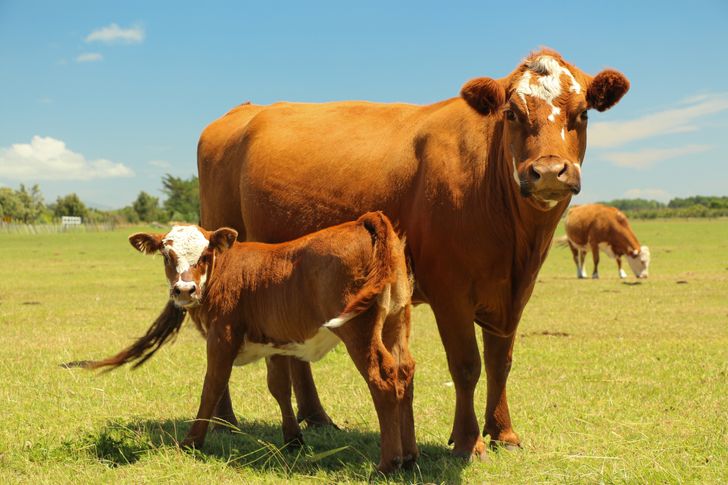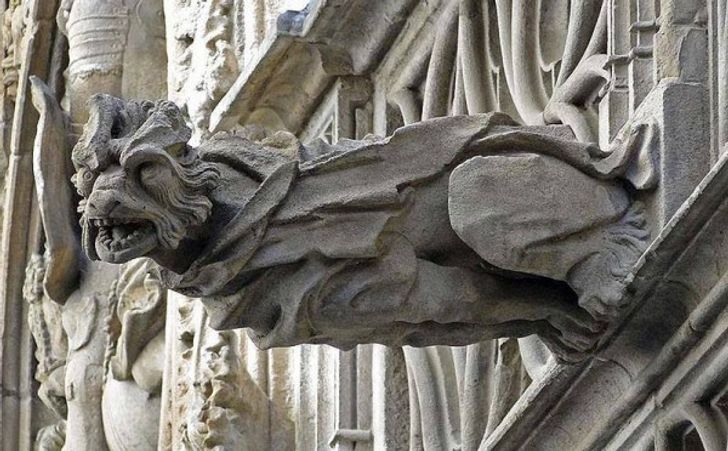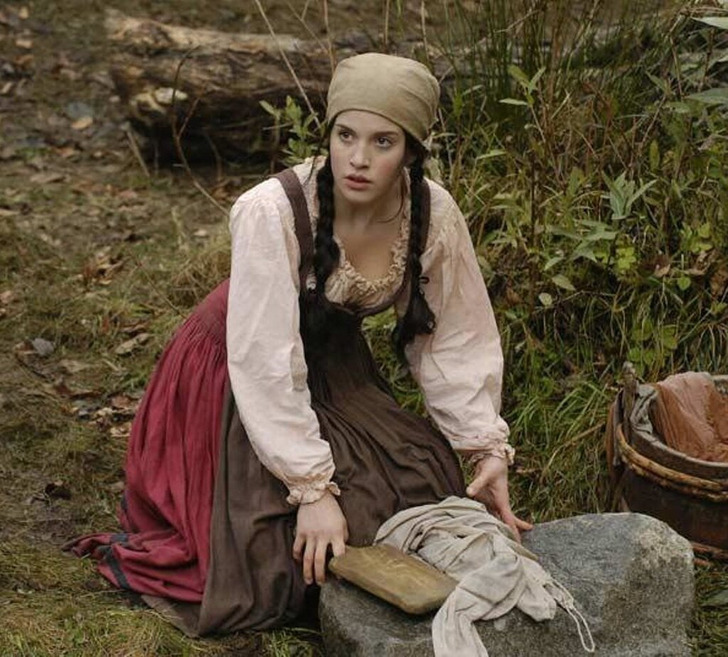honestly, as a woman I'm so happy that I was born during this age... It was so tough for us in terms of personal hygiene :(
10+ Facts About the Middle Ages That School History Teachers Keep Silent About
The Middle Ages are often referred to as “the dark times.” There is a common belief that during this period of history, people didn’t bathe or brush their teeth, and they went to the bathroom anywhere. But all these statements are totally unfair.
-
In general, women didn’t wear underwear. More precisely, they used to wear a long shirt that they put on under their dresses. Nevertheless, the first bras appeared in the Middle Ages, and they were very similar to modern ones. It was considered very indecent to wear them because the bust, which was supported by the cups, became more prominent. The surgeon to Philip the Fair of France and his successor, Louis X, wrote: “Some women... insert 2 bags in their dresses, adjusted to the breasts, fitting tight, and they put them [the breasts] into them [the bags] every morning and fasten them when possible with a matching band.”
-
Wearing underpants was men’s prerogative. It’s been suggested that women would wear something like pants during their periods to keep a pad in place. By the way, they placed moss inside their pads for better absorbency. Women carried around nutmeg and nosegays to conceal any arising odors.
-
The Middle Ages are often called “unwashed,” but this is totally unfair. Many cities had thermae that remained after the Roman Empire. This misconception likely arises from the church opposing mixed bathing, which was common during the Roman era. In reality, the church often created public baths near churches and pilgrimage sites for worshippers with different facilities for men and women. Bathing at home mostly occurred among the wealthy.
- Contrary to the depiction of medieval peasants with blackened and rotting teeth, the average person in the Middle Ages had teeth that were in very good condition. This is substantially due to one factor: the rarity of sugar in the diet. A more common dental issue for medieval people was not decay but wear. Eating stone-ground bread daily as part of almost every meal meant medieval people’s teeth saw considerable abrasion from grit that, over the years, led to the teeth being worn down. To an extent, this actually helped prevent decay, as their molars had fewer crevices in which plaque could accumulate. But in the long run, it could lead to the complete abrasion of dentine and tooth loss.
- Medieval people cleaned their teeth by rubbing them and their gums with rough linen cloths. They used various pastes and powders that could be put on the cloth to help clean the teeth, to whiten them, and to aid with fresh breath. Sage ground with salt crystals was one popular mixture. Powdered charcoal from rosemary stems was another. To get rid of bad breath, they chewed on cinnamon, mace, and cloves.
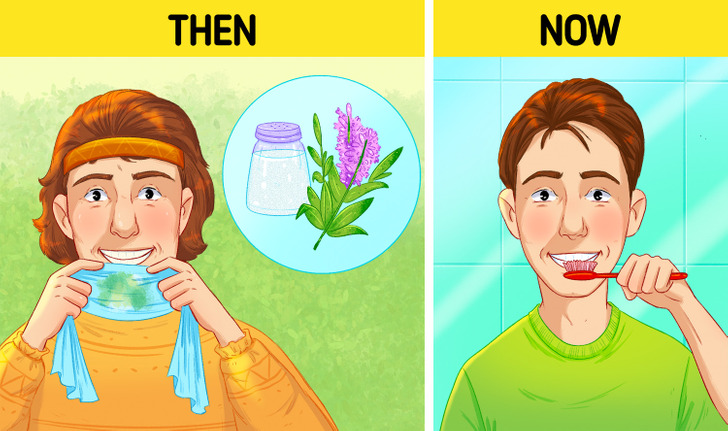
- There were public toilets. In medieval London, there were no less than a dozen of them, and one of them was located on the London Bridge — the main transport artery connecting the 2 sides of the city.
- One of the European medieval currencies was...eels. In the Domesday Study, it was mentioned that the English likely owed some 500,000 eels in taxes to landlords around that time. John Wyatt Greenlee, a medieval studies Ph.D., used the British archives’ medieval currency converter to calculate what eel rent could mean in today’s dollars. He estimated at one point that an Amazon Prime membership, for example, would cost between 150–300 eels.
- The size of farm animals in the Middle Ages was significantly different from those of today. The size of a full-grown bull, for example, reached a size slightly larger than a calf today. According to zooarcheologist Idoia Grau-Sologestoa, the size of farm animals dropped to minimal numbers between the eighth and ninth centuries. The scientist believes it was caused by the fact that animals had to find food themselves.
- Not only could a person trial, but an animal could as well. In 1474, a court found a rooster guilty of the “unnatural crime” of laying an egg; unwanted rats often found themselves on the receiving end of a strongly worded letter, asking them to leave the premises; and curiously enough, there was a trial of dolphins in Marseilles in 1596.
- Gargoyles were built on Gothic cathedrals, but not for the sake of beauty. First of all, they served as gutters. The term originates from the French “gargouille,” which in English, is likely to mean “throat.”
- One of the most popular leisure activities in medieval Europe was football, but it was controversial at times. Complaints led King Edward II of England to issue a proclamation banning football in London in 1314 because" “...there is great noise in the city caused by hustling over large balls... We command and forbid, on behalf of the King, on pain of imprisonment, such a game to be used in the city in the future.”
- From the girl’s appearance, those around her could tell that she had started her period. That’s because she would immediately put on a red skirt to disguise possible leaks.
In the Middle Ages, many things were completely different from what is sometimes shown in the movies. For example, there is no evidence of the existence of a chastity belt at that time. But still, many medieval rules and customs will seem wild to modern people.
Comments
using moss...ewwwwww
yeah if you don't have any other choice. But why not to use some fabric then? 😥
I guess because it was cheaper than fabric. Now everyone could afford it, and fabric was probably a luxury item
Don't want to live here!
Related Reads
15 X-Ray Shots That Easily Uncover The World’s Deepest Secrets

Russian Artist Imagines Superheroes Aging and It’s Both Cute and Hilarious
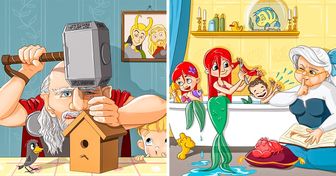
Helen Hunt, 60, Stuns During Her Latest Appearance, and Her Lips Become the Center of Attention

People Online Noticed Brad Pitt’s New Partner Is a Spitting Image of Angelina Jolie

Keanu Reeves Finally Cuts His Long Hair, and His New Look Causes a Stir

Anne Hathaway Deemed Unrecognizable After Her Face Shocked Many in New Pics

Stare at This Picture for Two Seconds to Find Out If You’re Indecisive or Calm Under Pressure

Miley Cyrus Raises Eyebrows as She Wears a Naked Dress Made Only of Safety Pins at the 2024 Grammys

The Most Daring Oscar Party 2024 Looks That Made Our Jaws Drop

Meg Ryan, 62, Is Praised for Finally Looking Her Age As She Stuns in Her Latest Appearance

I Took the Money My Boyfriend Saved Up for an Apartment and Changed Our Relationship Forever

Meghan Markle Subtly Transformed Her Look, but Many Have Missed the Detail She Changed

